Zinnia seed viability -- ZenMan?
javiwa
6 years ago
Featured Answer
Sort by:Oldest
Comments (54)
javiwa
6 years agoRelated Discussions
zen man, mutation question :)
Comments (8)Hi Rob, " My zinnias are still going strong... " You must live in a very warmer climate than I do. It was below zero this morning and single digit now. So nothing is growing outdoors here now. I am not an expert on dianthus, so I don't know if they normally self themselves like sweet peas do. I have grown dianthus in an ornamental bed before, and I didn't notice any butterflies or bees on them. And I seriously doubt that they are wind pollinated. So you may not need to worry about your mutant crossing with your regular dianthus. " I'm really really sure it is a mutant Dianthus because it was put in fully sterile seed starting mix, a freshly opened bag, and kept inside at all times (how could a weed get into it? I hope). " Those procedures don't prove it is a mutant. I grow all of my indoor stuff that way. What comes up is simply what was in the seed packet, regardless of its origin. And there are many varieties and species of dianthus, so you could have something that was wildly different, but not a mutant, but just the case of your seeds being accidentally contaminated at the seed packaging company with a seed from a different variety or species of Dianthus. But, in any case, you should be able to save seeds from your "mutant" and grow many more of them, and save seeds from all of those, and eventually fill your garden with your "mutant". Do take care of it and photograph it. I am sure a lot of people here know more about Dianthus than I do. I considered breeding them at one time, but decided against it because they didn't seem to have any good yellow or orange colors. And they didn't have any really large blooms. Do take care of your "mutant" and photograph it. ZM...See MoreYo zen_man!
Comments (24)Hi Trapper, They also have pH paper, which is reliable, reasonably accurate, and inexpensive. The pH meters can get out of calibration -- otherwise they are the most convenient to use. " Need to check out this RO thing " I got an under-the-counter Reverse Osmosis unit from The Perfect Water I actually purchased it from among the Reverse Osmosis units at Amazon There is a wide variety of units to pick from. When we first rented this farmhouse, we inspected the well and looked down there and you could see a bloated possum floating in the water. It was an old fashioned kind of well, consisting of a hole about 6 feet in diameter, maybe a little more. We had them put a secure wooden cover over the hole, because a child could fall in there and drown. And obviously the water was not pure, with a drowned rotting possum floating in it. So we referred to our tap water as "possum juice" and set the hot water tank temperature to near its maximum, so the hot water was near scalding. That much heat would at least kill any thing that was living in the hot water that we were washing our dishes and clothes with. We knew the well water was very hard, and my first indoor plant project ended in a heavy fatal salt accumulation in the pots after 5 or 6 weeks. We had the same problem with the well water killing our plants when we lived in Maine, only it had a modern pipe-in-the ground configuration, so creatures drowning in the water was not an issue. But its salts would accumulate and kill plants. However, in Maine we had an endless supply of snow, so I simply melted snow in big plastic tubs and the melted snow was nearly like distilled water and worked fine all Winter for our plants. But here in Kansas we didn't have a dependable supply of snow, so I settled on a Reverse Osmosis unit. I considered an electrical water home distillation unit, but the cost of our electricity was going to make the price per gallon of home distilled water too high. Our Reverse Osmosis unit works on our water pressure. It does use a small amount of electricity in its ultraviolet sterilization cell, but it costs a negligible amount to sterilize a gallon with intense UV. Since we are drinking and cooking with Walmart bottled water, we didn't need the re-mineralization feature that is an available option. The unit we wound up getting was the Home Master TMULTRA Ultra Undersink Reverse Osmosis Water Filter System We are pleased with the system. The RO water is very close to distilled water, or the equivalent of very clean rain water. The plants love it. However, if your plants are doing OK with your Topeka water, save yourself the expense and hassle of installing a Reverse Osmosis unit. As they say, if its not broke, don't fix it. ZM (not associated with any product or vendor mentioned or linked)...See MoreCollecting zinnia seeds after a frost?
Comments (11)Hi linnea, " So I decided to just bag up all the heads in a paper bag and next spring just hand pulverize those those in the garden. " There are at least two disadvantages to that procedure. (1) It makes it difficult or impossible to treat your seeds to eliminate seed-borne disease. Several zinnia diseases are transmitted on the zinnia seeds. All commercial zinnia seeds are treated to kill any diseases on them. You can use something like drugstore 3% hydrogen peroxide to treat your saved seeds just before you plant them. (2) It makes it impractical to plant your seeds in a straight row. Planting your zinnias in a straight row makes it much easier to distinguish between weed seedlings and zinnia seedlings when you are plucking out the weeds. It is fairly easy to hand pulverize your zinnia heads onto a sheet of white paper and simply pick out the seeds from the chaff. Click on the photos to see larger versions of them. The actual seeds, both the petal seeds and the floret seeds, are fairly easy to recognize and pick out and store, and just the seeds are compact enough to store in an envelope or Ziploc bag. The "pulverize the heads in the garden" method does involve a minimum of effort, but I find it kind of enjoyable, in a weird way, to pick zinnia seeds out of chaff. And plant my zinnias in straight rows. ZM...See MoreOh.....Zen Man!
Comments (14)Hi Oakley, " when do you gather seeds? Or can I deadhead a faded bloom and dry it out for seeds? " There is a lot of flexibility on that, but you can actually gather zinnia seeds while they are still green and plump, and dry the green seeds before storage or nick them to defeat the waterproof coating. That lets you start a second generation of zinnias from a plant that is still developing new branches and new blooms. You can learn which petals have viable seeds by close visual inspection, or by gently squeezing the seed a bit. The viable seeds are "fat" and contain an embryo. You can cut the green seed covering to give water access to the embryo inside. You can plant the green seeds with exposed embryos to get a nearly immediate start to a second generation of zinnia plants. Or you can dry the green seeds for a few days for storage. If you store them "wet" you risk some pre-germination in storage. " I can either leave dead blooms on the plant until the seeds blacken, right? " Yes, that is what people usually do with zinnias, and other flowers as well. However, there are a couple of disadvantages to that. You increase the risk of seed-eating birds eating your zinnia seeds, and you risk pre-germination of the seeds in the seedhead during a prolonged rainy spell. The green seed technique has been a big help to me in my zinnia breeding hobby, by allowing me to get a second generation of zinnias outdoors. And it really irks me when seed-eating birds eat some seeds that I hand pollinated. ZM...See Morejaviwa
6 years agolast modified: 6 years agojaviwa
6 years agojaviwa
6 years agojaviwa
6 years agojaviwa
6 years agojaviwa
6 years agojaviwa
5 years agojaviwa
5 years agojaviwa
5 years agojaviwa
5 years agojaviwa
5 years agojaviwa
5 years agojaviwa
5 years agojaviwa
5 years agojaviwa
5 years agojaviwa
5 years agojaviwa
5 years agojaviwa
5 years agojaviwa
5 years agojaviwa
5 years agojaviwa
5 years agojaviwa
5 years agojaviwa
5 years agopatty57
3 years agozen_man
3 years agolast modified: 3 years agoenshalla
3 years agoenshalla
3 years agolast modified: 3 years agozen_man
3 years agolast modified: 3 years agoenshalla
3 years agozen_man
3 years agolast modified: 3 years agoenshalla
3 years ago



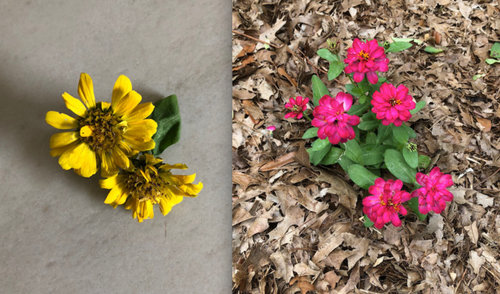
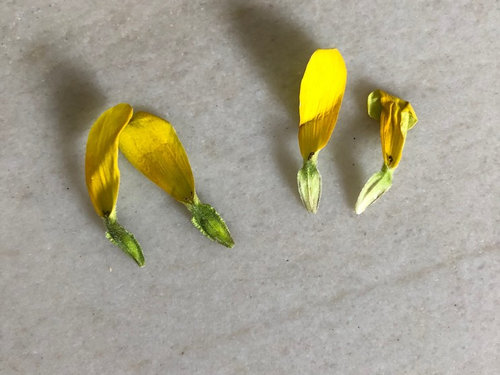
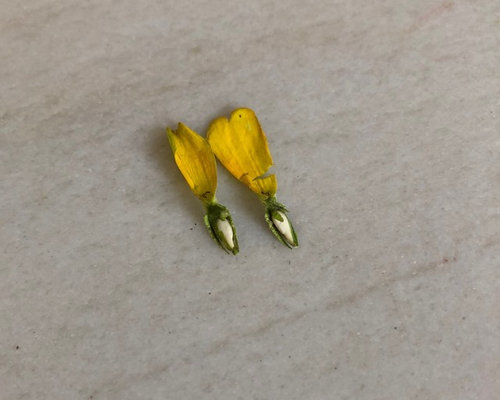
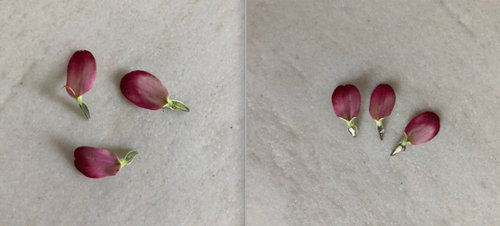
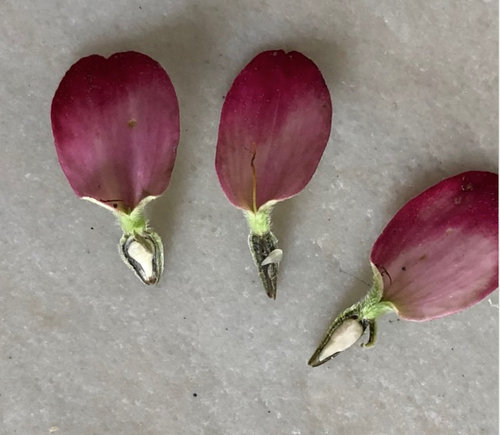
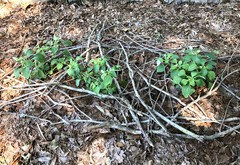

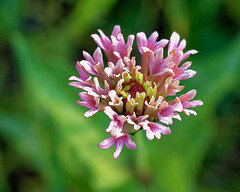
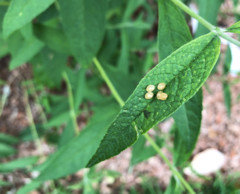
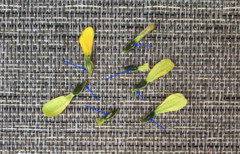
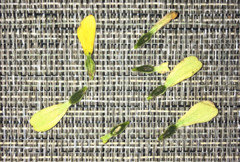
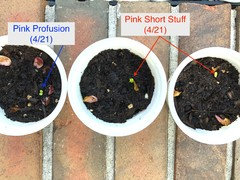
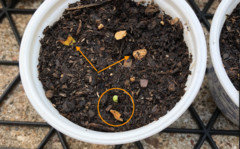
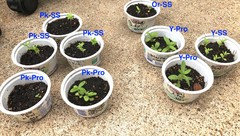
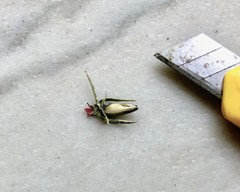
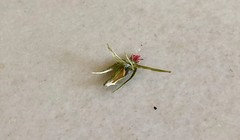
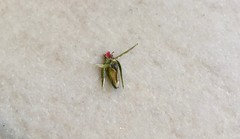
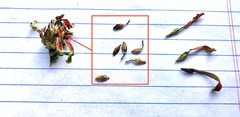
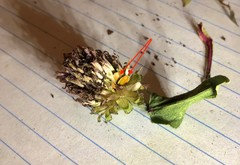
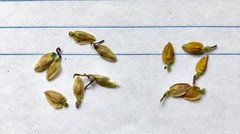
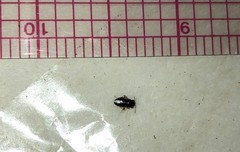
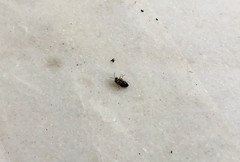

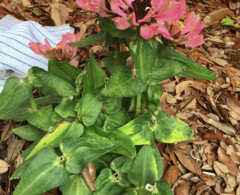
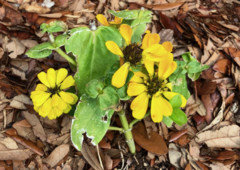
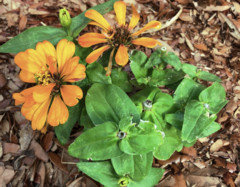
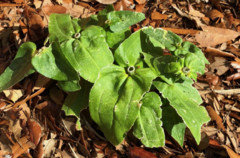
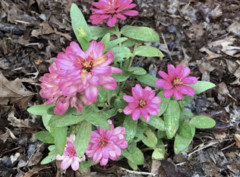
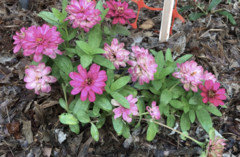
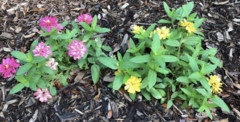
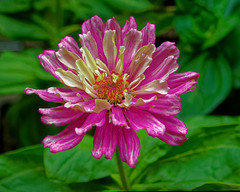
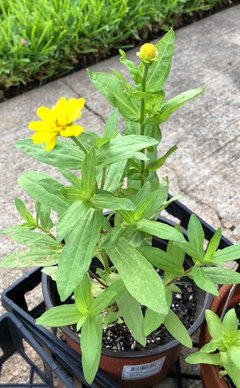
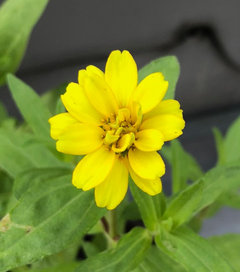
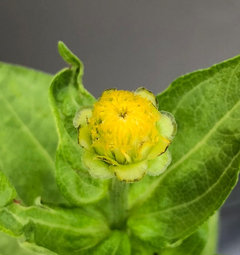

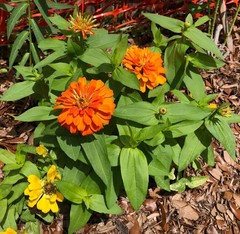
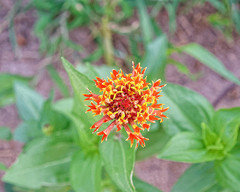
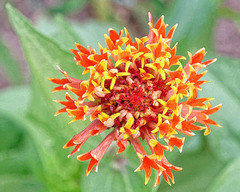
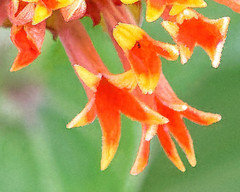
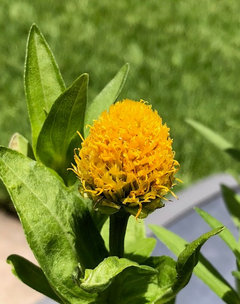
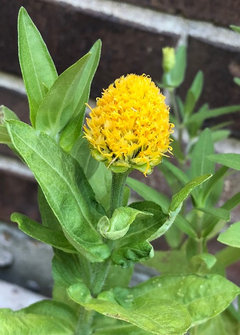
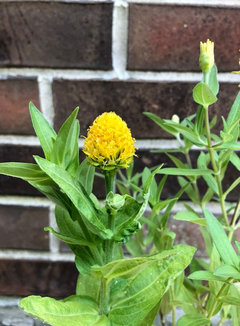
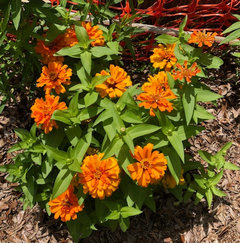
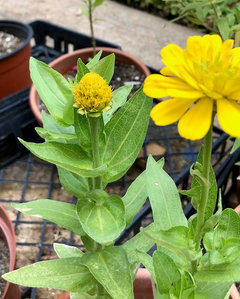
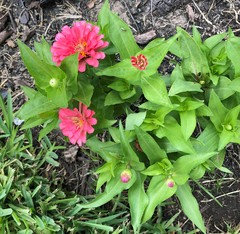
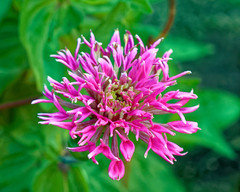
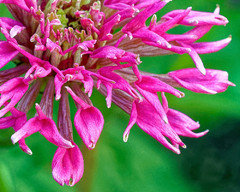

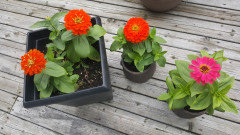
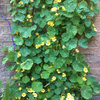
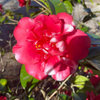
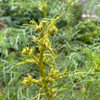
zen_man